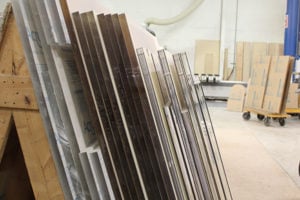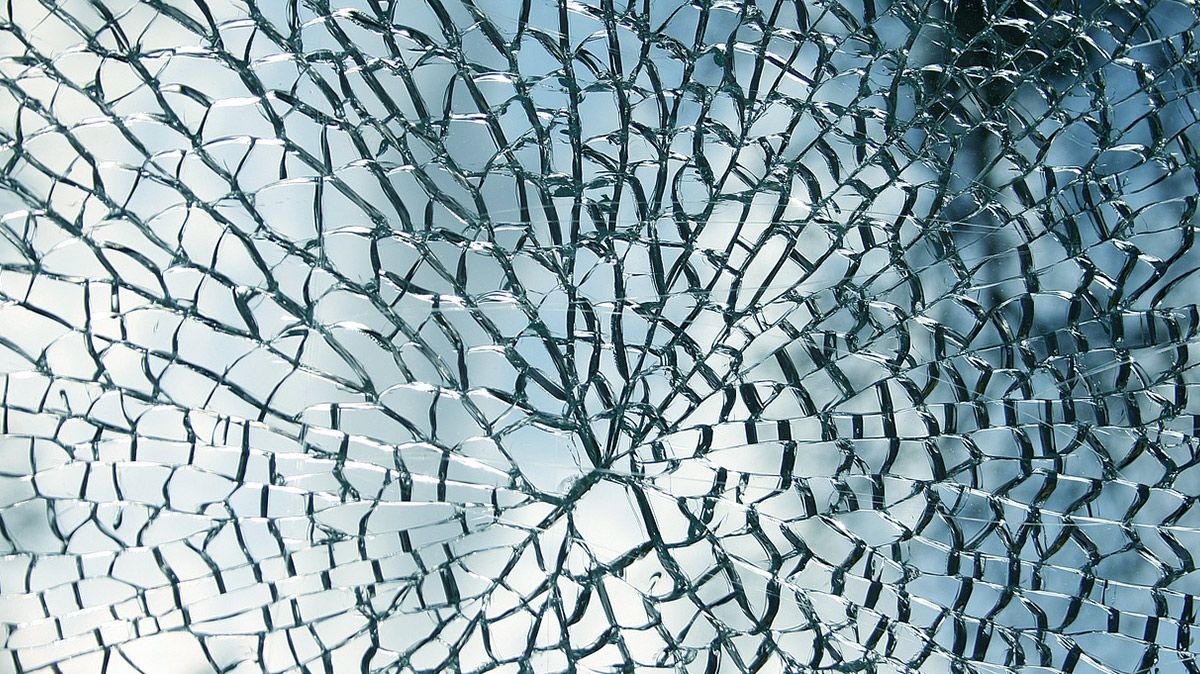“What is tempered glass? How does it compare to laminated windows? Is one safer? Am I comparing apples and oranges?” (This last one is easy: Yes, you are comparing apples and oranges.)
An increasing number of organizations are taking a more serious look at workplace safety and physical building security right now. An important factor lies in the safety of the windows in your workplace, yet many building security experts don’t know much about the difference in types of glass used in security windows. Understanding some of the fundamental features in types of safety glasses can reduce confusion in your next physical security upgrade.
These are a few of the main differences between tempered glass and laminated glass:
- Tempered glass is around four times stronger than “normal” glass but is limited in its applications
- Both tempered glass and laminated glass are often referred to as “safety glass”
- Both tempered glass and laminated glass shatter differently (more safely) than “normal” glass
- Laminated glass can include a variety of other materials and applications, lending more versatility to the products
What is Tempered Glass?
“Tempered” glass is similar to tempered steel: By carefully heating and cooling glass in a controlled manner, manufacturers can increase its strength or impart other characteristics. In the case of glass, tempering increases safety and creates glass that is roughly four times stronger than “normal” glass.
But tempered glass isn’t just stronger; it also shatters differently than standard glass.
Standard glass breaks into large, sharp, dagger-like shards. Think of the last time you dropped a drinking glass – shards go everywhere (and can pose a serious risk for injury if you’re not careful). That’s standard glass behaving normally.
Tempered glass breaks differently. Instead of creating a few big razor-sharp shards, it shatters into thousands of tiny glass cubes. The side windows on cars are a familiar example of tempered glass. When smashed, they become fistfuls of glass confetti that rarely cut anyone. This protects vehicle occupants from injury makes it easier for rescuers to get people out of a locked vehicle: a couple of good strikes and the side window disintegrates. Hence another common name for tempered glass: “safety glass.”
The Two Types of “Safety Glass”
Confusion arises because laminated glass is also called “safety glass”—but for very different reasons. The most familiar piece of laminated glass in your life is your car windshield.

Laminated glass is a sort of glass-and-plastic panini-style sandwich: two layers of clear glass (often tempered glass) are sandwiched together with a thin layer of plastic in between. This sandwich is then fed through a system of heated rollers, which melds it all together).
When a laminated glass windshield breaks in an accident, it holds together as a single sheet of crunchy plastic and glass. This protects vehicle occupants from any flying debris. It also means that rescue workers will be able to pull the crunched glass away in a single piece.
The beauty of laminated windows is that they don’t have to just be two layers of glass around a single layer of plastic—and you don’t need to limit yourself to glass. Laminated windows can be made by taking several thin layers of a wide range of transparencies (including thermoplastics like acrylic and polycarbonate) and bonding them together with a variety of layered plastics or resin.
Laminated Windows and Bulletproof Safety
At one time, laminated windows made of layer upon layer of tempered glass were the gold standard for bulletproof windows. But that’s no longer the case. Tempered glass is an excellent structural material, but in most cases, there are better options for bulletproof security today.
“Laminated windows give us the opportunity to really ‘tune the glass,'” explains Total Security Solutions CEO Jim Richards. Jim has spent decades designing, engineering, fabricating, and installing bulletproof barrier systems, and has seen the wide unparalleled performance range of laminated windows.
“We can be selective about which materials we use with laminated windows, choosing the material and thicknesses. We can specify how they’re stacked. That means you can create windows with specific forced-entry and ballistic characteristics or you can add insulating or light-filtering characteristics. You can even make laminated windows that stop bullets coming at you, but let you fire back. It’s amazing.”


